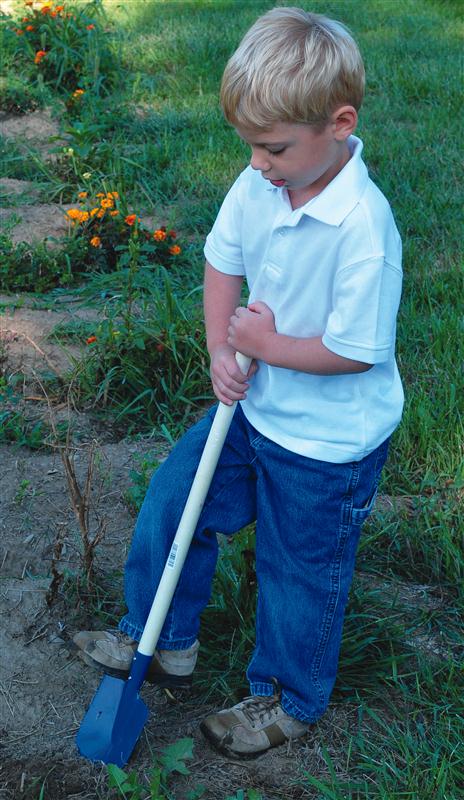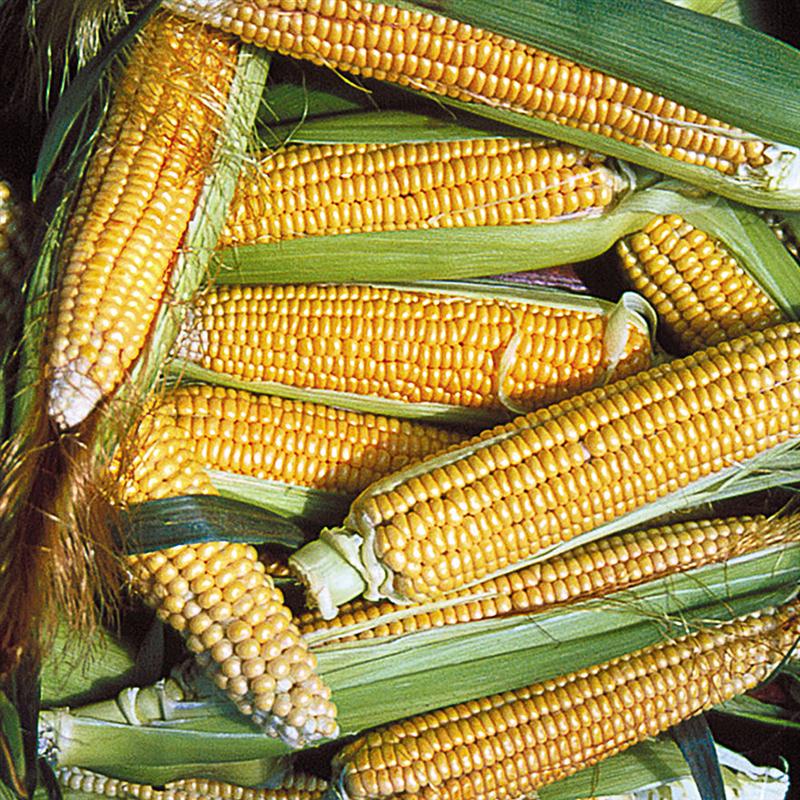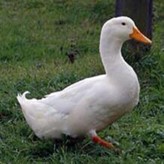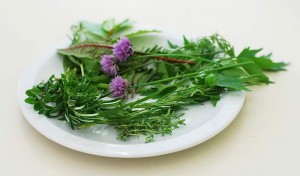
Gardening is a rewarding hobby that can help you eat fresh healthy foods. But we need to be realistic – gardening is hard work: cultivating, planting, weeding, spreading compost, watering. So when you plan your garden, plant the foods you enjoy eating. This was a hard lesson I learned when I planted my first adult garden off on my own. I planted all the foods my parents had grown. Hard work and food I didn’t like to eat later. Needless to say, I made major changes the following years.
Changes were made again when my family came along. Children like gardening more when they like to eat the foods they help raise. It is important to supply them with quality tools that are their size and not to over-anticipate their attention spans.

These are our basics; yours will be foods your family enjoys.
• Potatoes – Yukon Gold
• Cabbage –Napa, Red, Solid white
• Cucumbers
• Corn – Butter & Sugar bicolor
• Beets – Bull’s Blood
• Tomatoes – Heirlooms and cherry
• Peppers – bell and hot
• Broccoli and cauliflower
• Bush beans- Blue Lake
• Snow peas
• Eggplant
• Squash – yellow, zucchini, and butternut
• Onions – yellow and red
• Herbs- thyme, rosemary, sage, parsley, chives, basil and mints
• Lettuce – Butter crunch and Red oak
• Swiss Chard
• Asparagus
• Watermelon – Sugar Baby
• Cantaloupe/Muskmelon

There are variations to what will end up in the final plan, but this is where we start. This may seem like a lot, but you do not need to plant a hundred plants of each – five or six, or even two or three will work for many of them. We donate our extra produce to the local food pantry; they love distributing extra squash, tomatoes or beans.
Find more tools for planning your garden here.






























